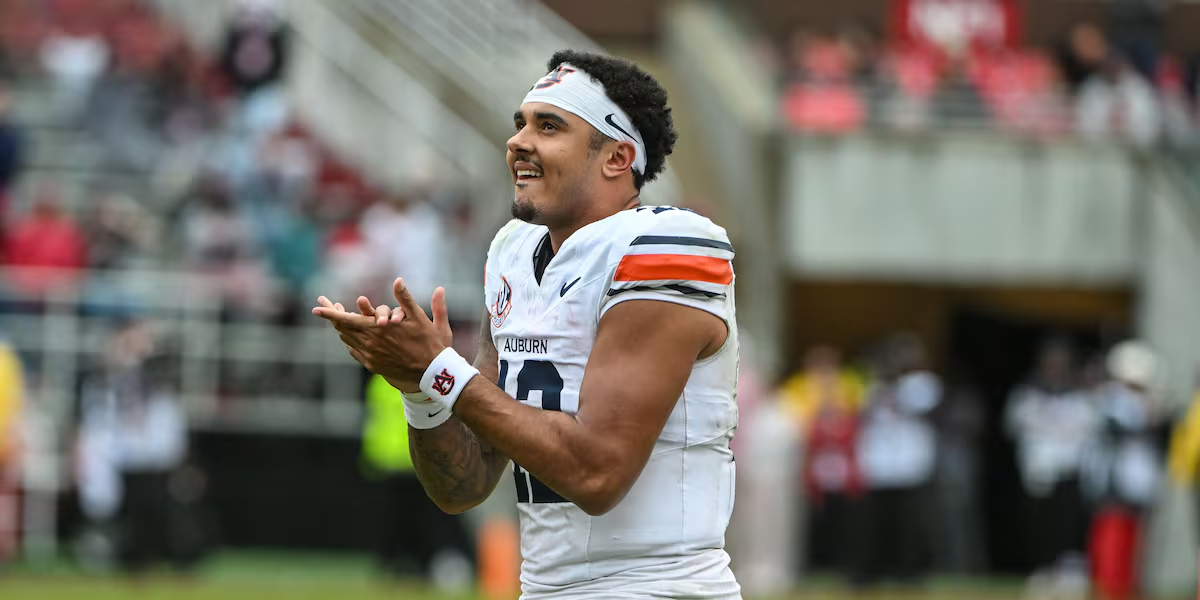Who Is Winning New Jersey Election? What Polls Show 10 Days Out

Democratic New Jersey gubernatorial candidate Mikie Sherrill has a narrow lead over Republican rival Jack Ciattarelli in the race for governor, according to polling.
Newsweek’s tracker shows that Sherrill leads Ciattarelli by just 5 points, with 49 percent to his 44 percent.
Newsweek reached out to Sherrill and Ciattarelli by email to comment on this story outside of normal business hours.
Why It Matters
New Jersey is one of just two states—along with Virginia—holding a gubernatorial election this year, with voters set to choose a successor to Democratic Governor Phil Murphy, who is finishing his second and final term.
The state has long leaned blue in statewide races. Republicans have not captured the governor’s office since 2013 and New Jersey has backed the Democratic nominee in every presidential contest since 1988. Yet recent trends show some movement on the margins: in 2024, Donald Trump improved the GOP’s performance by 10 points compared to 2020, marking the strongest Republican showing in the state in 20 years.
A competitive result for Jack Ciattarelli—or even a narrow loss—would signal renewed Republican strength in the suburbs and test the resilience of Democratic dominance across the Northeast. It would also give both parties an early indication of how voters’ economic frustrations and views of Trump’s influence are shaping the post-2024 political landscape.
Sherrill’s Narrow Lead Holds Across Most Polls
Across 10 surveys conducted from late September to mid-October, Sherrill’s lead ranges from one to eight points, underscoring a competitive contest. The Rutgers-Eagleton and Fox News polls each show her ahead by five points (50–45), while Quinnipiac places her up six (50–44). Fairleigh Dickinson University reports a seven-point margin (52–45), and John Zogby Strategies finds her ahead by eight (50–42).
Other surveys suggest a much tighter race. KAConsulting shows a three-point lead (47–44), Quantus Insights finds a two-point edge (48–46), and Trafalgar Group/Insider Advantage reports just a one-point gap (45–44). The Neighborhood Research Corporation survey has the race tied at 44 percent each.
Mark Shanahan, who teaches American politics at the University of Surrey in the U.K., previously told Newsweek Sherrill would still likely win. “It’s hardly a surprise to see the Ciattarelli PAC publish a poll result in the run-up to early in-person voting showing their candidate gaining in the race,” he said.
“But the reality is that New Jersey is a longtime Democrat state and it would be a major shock if Mikie Sherrill didn’t prevail.
“Disquiet with the president, the ongoing legislative shutdown and the continuing economic struggle for average New Jerseyites mean they’re likely to stick with the Dems at the head of state government.”
Earlier in the race, Sherrill appeared to hold a commanding advantage. A SurveyUSA poll released in May showed the Democrat leading Ciattarelli by 13 percentage points, reflecting broad support at that stage of the campaign.
However, that momentum was disrupted after the release of largely unredacted military records from the National Archives detailing Sherrill’s time at the U.S. Naval Academy. The documents included disciplinary information and reportedly showed that Sherrill was barred from walking at her 1994 graduation after refusing to inform on classmates involved in a cheating scandal.
Since then, her standing in the polls has slipped, though partisan loyalties remain deeply entrenched. The Rutgers-Eagleton survey found that 95 percent of Democrats said they would back Sherrill, while 94 percent of Republicans supported Ciattarelli. Independents were more divided, with 49 percent for Sherrill and 40 percent for Ciattarelli.
“So far, this race is going exactly as expected,” said Dan Cassino, professor of government and politics at Fairleigh Dickinson University and executive director of the FDU Poll. “Undecided voters have almost all made up their minds, and partisans have put aside any misgivings and lined up behind their candidates.”
Gender and Education Gaps Shape the Contest
Polling shows that gender and education have become key dividing lines in the race. The Rutgers-Eagleton poll found women were 18 points more likely than men to back Sherrill, and 16 points less likely to support Ciattarelli.
White non-Hispanic voters lean toward Ciattarelli, 53 percent to 46 percent, while Sherrill enjoys a strong lead among nonwhite voters, 59 percent to 29 percent. She also performs well among college-educated voters, leading 61 percent to 35 percent, whereas Ciattarelli holds an advantage among those with some college education or less, 55 percent to 38 percent.
Age also plays a role. Sherrill leads comfortably among voters aged 65 and older (61 percent to 36 percent), but the race narrows among younger groups—49 percent to 43 percent for Sherrill among those 18 to 34, 53 percent to 39 percent for Ciattarelli among those 35 to 49, and nearly even among voters aged 50 to 64 (49 percent to 48 percent).
On the issues, voters remain split. Sherrill and Ciattarelli are virtually tied on cost of living and affordability (42 percent to 41 percent). Ciattarelli holds small leads on jobs, the economy, and taxes, while Sherrill is stronger on education, infrastructure, and health care—leading 50 percent to 35 percent on the latter. Ciattarelli, meanwhile, leads on crime and public safety, 49 percent to 35 percent.
Trump’s Influence Looms Over the Race
Former President Donald Trump continues to cast a shadow over the New Jersey contest. The Rutgers-Eagleton poll found that 52 percent of voters saw Trump as a “major factor” in their decision—including 78 percent of Democrats, 38 percent of Republicans, and 42 percent of independents.
Ciattarelli has embraced Trump’s backing, securing his endorsement and aligning himself with Trump’s policies and campaign surrogates. He has also appeared alongside figures from the former president’s inner circle on the campaign trail.
Sherrill, in contrast, has positioned herself as a vocal critic of Trump’s influence, repeatedly calling Ciattarelli “100 percent MAGA” and arguing that he is too closely tied to Trump’s agenda.
Despite the sharp contrasts between the two candidates, their favorability ratings remain mixed. A Quinnipiac University poll conducted in mid-October found that 43 percent of likely voters viewed Sherrill favorably and 38 percent unfavorably, with 18 percent saying they hadn’t heard enough about her. Ciattarelli’s image was slightly weaker, with 39 percent favorable and 46 percent unfavorable, and 13 percent saying they hadn’t heard enough.
Those figures mark a decline from Quinnipiac’s September 17 poll, when Sherrill stood at 40 percent favorable and 29 percent unfavorable, while Ciattarelli was evenly split at 40 percent favorable and 39 percent unfavorable.
Rutgers-Eagleton’s mid-October survey mirrored that trend, finding 42 percent of voters viewed Sherrill favorably and 45 percent unfavorably, while Ciattarelli’s numbers were 41 percent favorable and 47 percent unfavorable. Only around one in ten voters said they had no opinion of either candidate.
What Happens Next
The election takes place on November 4.





